If you've ever wondered if there was a plant to forage as a parsley substitute, and from there, if it would be worth picking, the answer is yes, and yes. Mitsuba, Japanese parsley or Cryptotaenia canadensis is a great plant to know, but it took me two years to feel comfortable eating it.
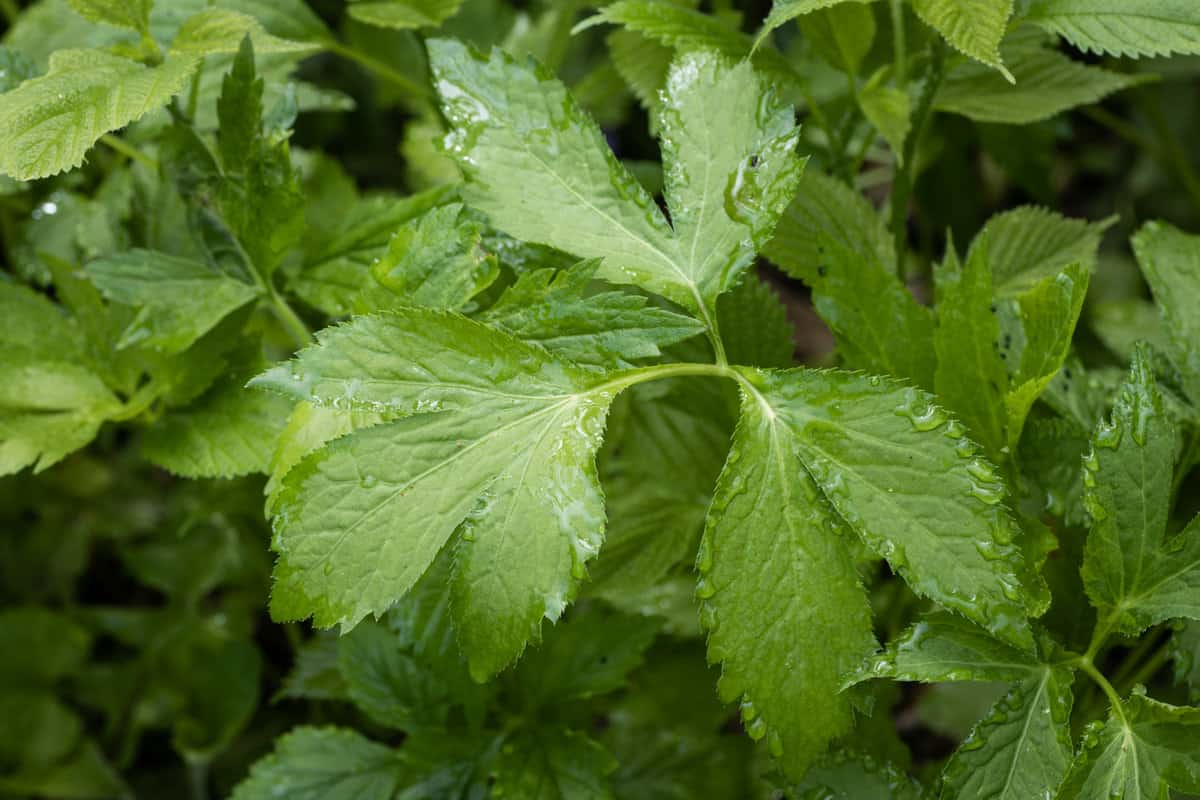
Do some research and you'll notice the original Asiatic Mitsuba is a close cousin-Cryptotaenia japonica. Same genus, slightly different species-I've eaten both and they're near identical in flavor.
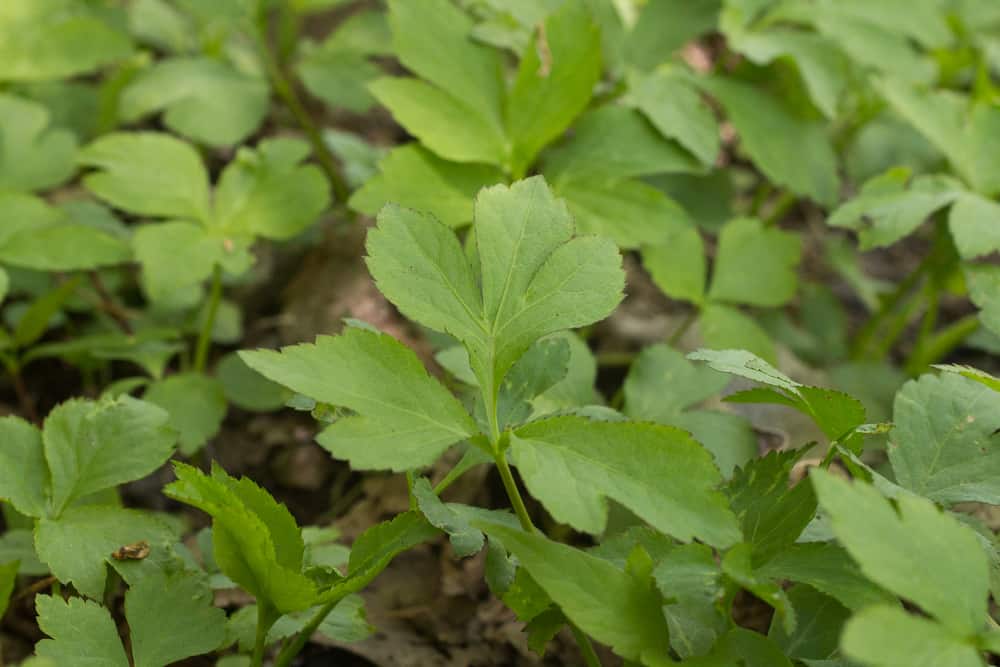
Habitat
Sam Thayer had shown it to me a couple times on hikes in maple-hickory forest so wide spread in North-West Wisconsin, but I'd never really paid it much mind, and I didn't see them anywhere else. This is a woodland plant, you won't see it in open pasture, prairie. It wants deep rich soil, and forest terroir.
The only problem was buttercups. There's Ranunculus (buttercup family) plants that can easily be confused with it that enjoy the same habitat, and differentiating the two was my problem, until I had my breakthrough.
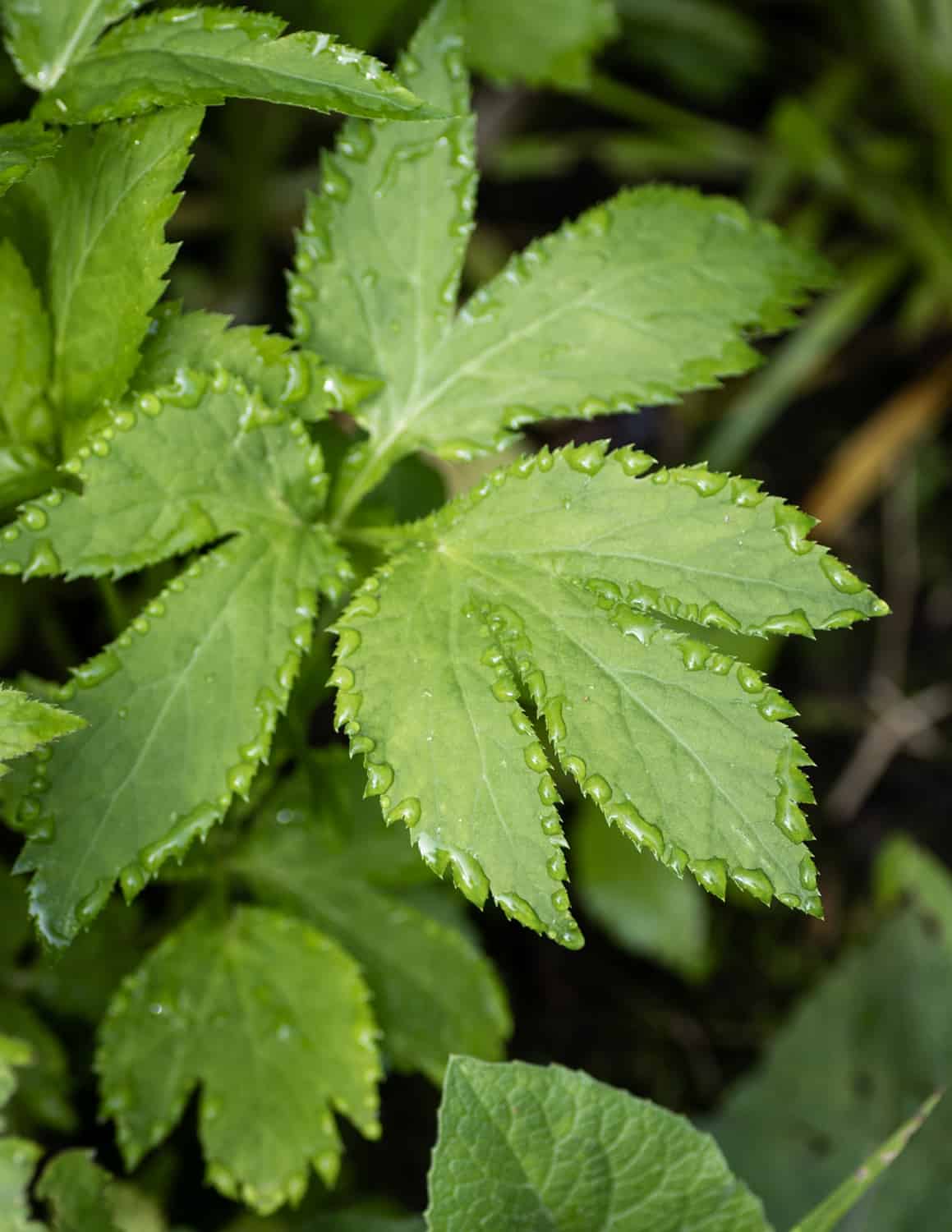
Turns out I'm just blind, kind of. Lots of people have touched on the topic, but it's worth repeating. The idea goes something like this: just because you don't think you've seen something, doesn't mean it's not there.
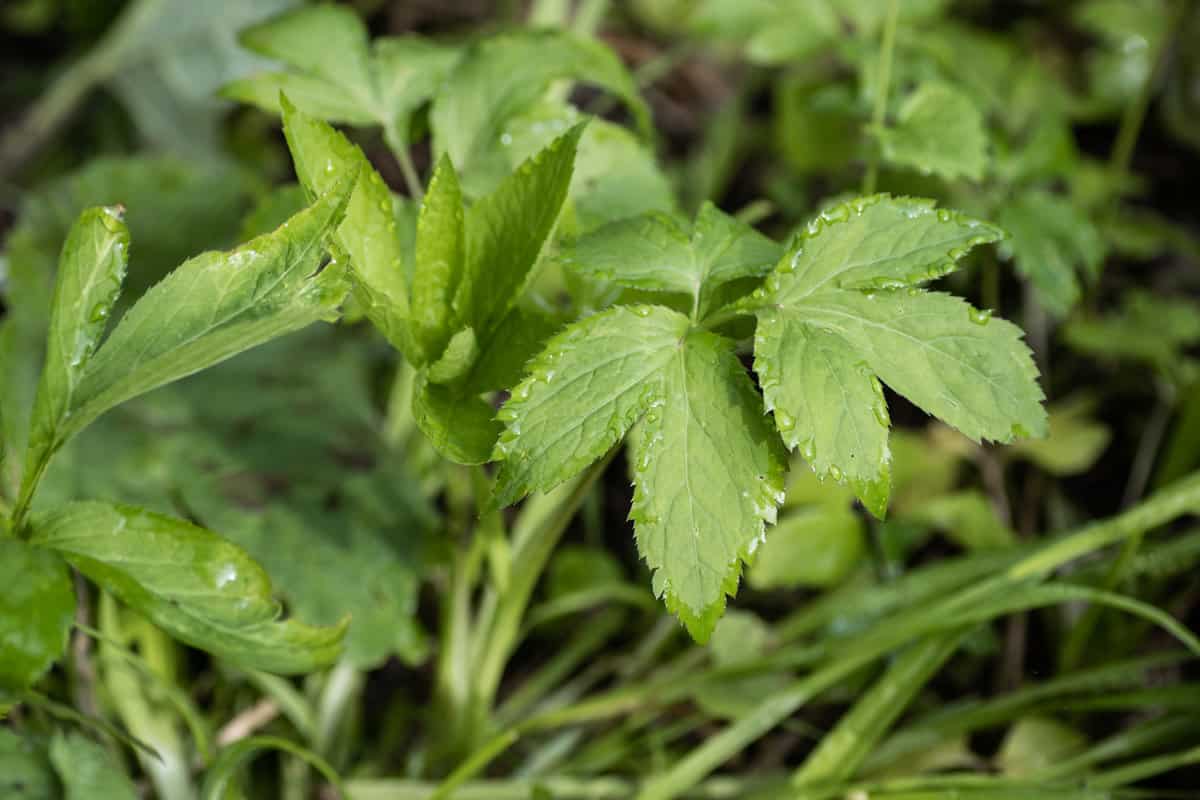
Furthermore, once you find out what something is, don't be surprised if you start seeing it everywhere moving forward. I had been walking past wild Japanese parsley in just about every park I like hike in around the Twin Cities, and in the rich forests of Western Wisconsin, and South Eastern Minnesota.
A Plant for the Yard Salad
After I felt comfortable identifying mitsuba, I started seeing it in peoples lawns here and there, in dark shady areas. Now, the two people I saw with it in their yard I spoke to about it both enjoy harvesting it just like parsley, instead of trying to eliminate it as a weed.
To be clear, Cryptotaenia canadensis is a completely native plant. It's a perennial, and will occupy some space, so maybe don't plant it in your garden proper. Better to have it against the house, or along a fence out of the way, or sprinkled in the boulevard. I've seen it grow very well alongside ramps and virginia waterleaf.
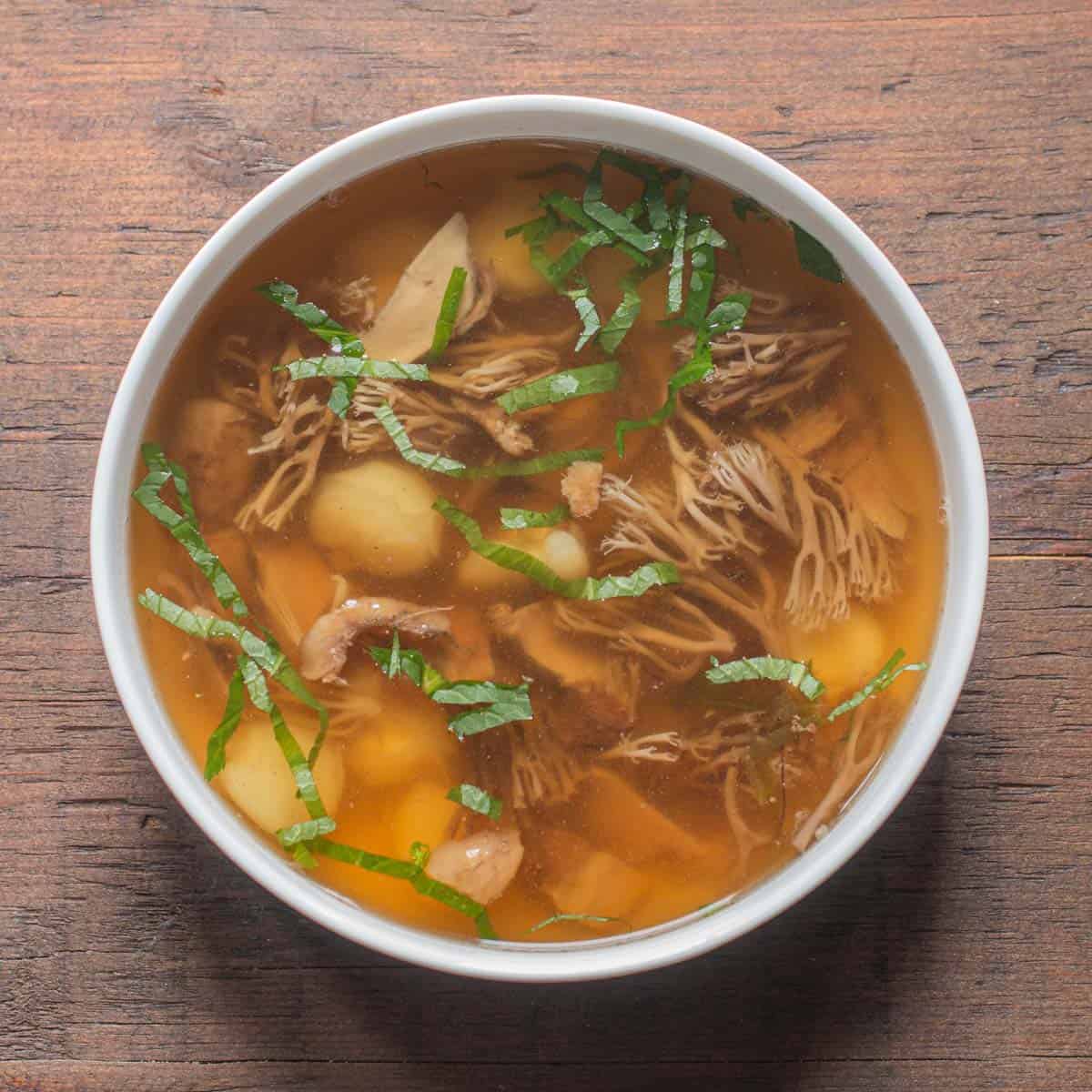
Look Alikes: The Buttercup
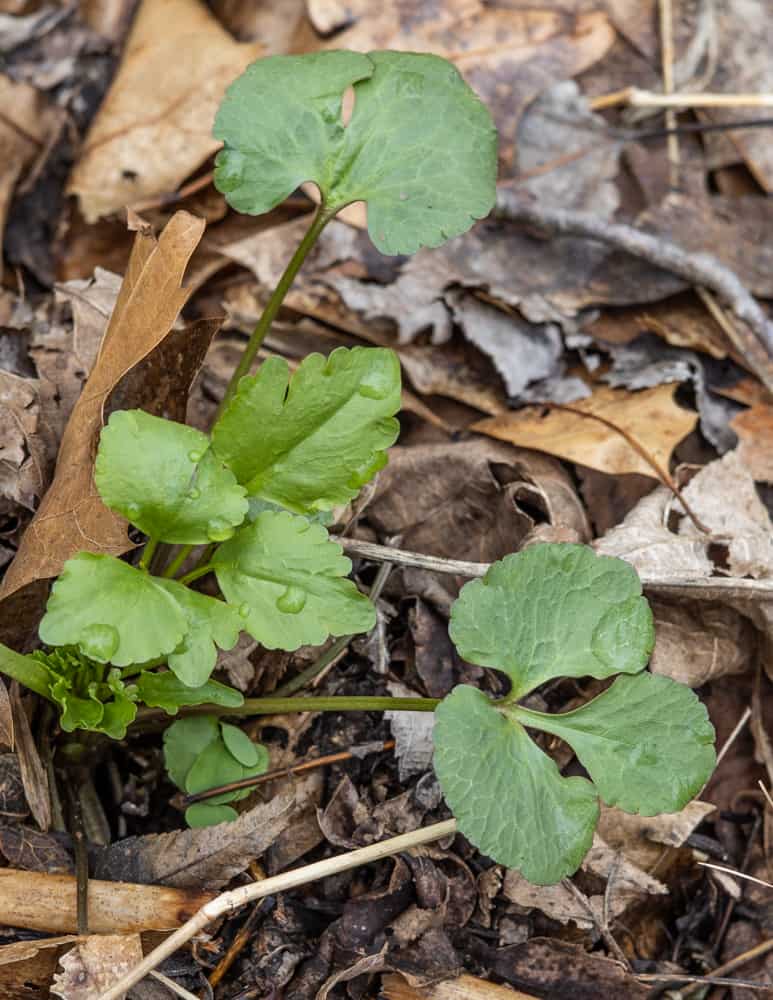
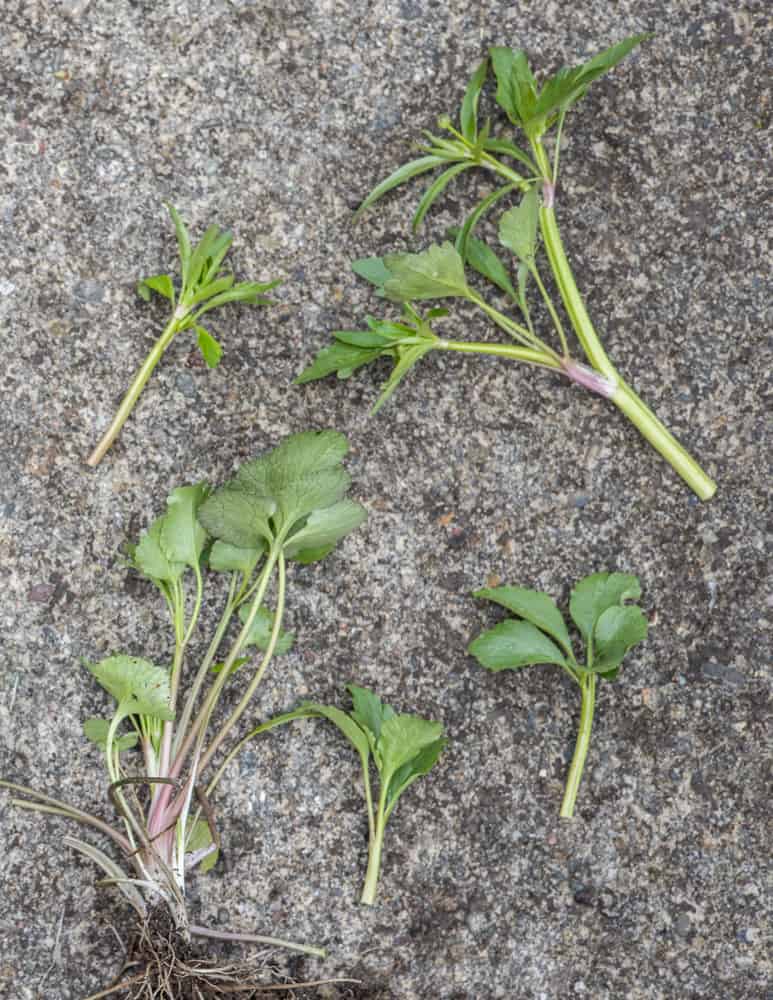
But, first I had to teach myself to separate them from Ranunculus plants, or buttercups, which, coincidentally are also a doppleganger for sochan (Rudbeckia laciniata) when it's young. I just couldn't figure it out.
The buttercups and cryptotaenia looked near identical to me, and I felt like my I.D. track record with them was about 50/50-a failing grade. Even so, don't freak out about buttercups, if you mis-identify and eat some, you may not even notice, it's probably just not good to eat lots of them repeatedly in large quantities.
Sanicles
Sanicle is also a possible look alike, but the leaves are slightly different looking. The seeds, which are rounded and appear fuzzy, make it easy to tell the plants apart. Cryptotaenia seeds are thin and slightly oval, and look a bit like thick needles.

My ID Secret: The Apiaceae Sheath
When I took Matthew Normansell out for a tour of a few trails one year, I pointed out a Cryptotaenia leaf, and he quickly told me I was wrong, and it was a buttercup.
Trying to stifle my embarassment at not understanding exactly why, and still frustrated that I seemed to get them right about 50% of the time, I stood and stared at the two plants, one in each hand, both of them seeming to be near identical. Just then, like a magic eye, the difference I'd been overlooking finally hit me. The stalk of the mitsuba reminded me of fennel, the buttercup didn't, now I was even more embarrassed.
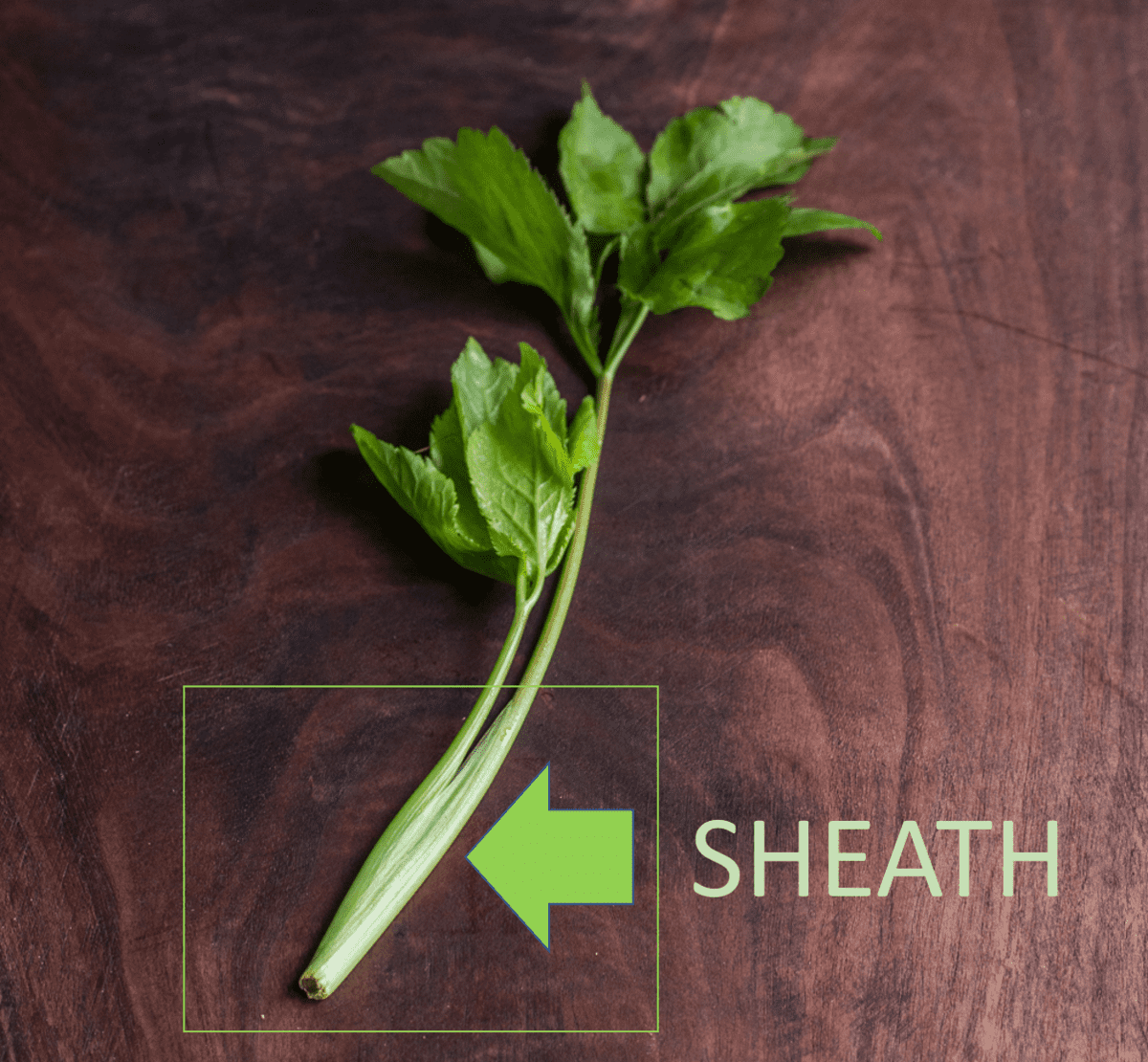
Here's the skinny. Ranunculus is the buttercup family. Mitsuba is in the carrot family, or Apiaceae. One of the tell-tale signs of some carrot plants is that they have a stem that creates a sort of sheath, a place of overlapping tissue. A wild fennel bulb is the perfect example to imagine, and it was wild fennel that flashed through my brain as a sort of memory mnemonic, since the base of the plant is just one giant sheath.
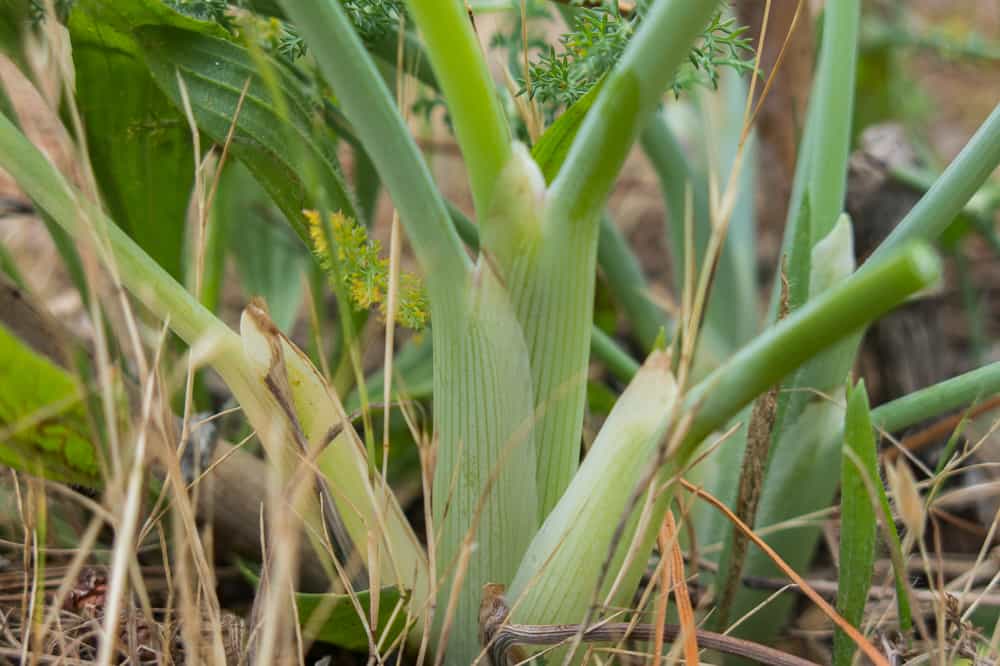
Mitsuba is a lot smaller than fennel, but that little sheath is there, and it isn't in buttercups. After that, instead of looking at the leaves, I looked immediately to the stems of plants to tell them apart. I can easily tell them apart by leaves alone now, but my track record is 100% since that day, and never once have I questioned the plant's identity after I started separating the two by looking for the sheath.
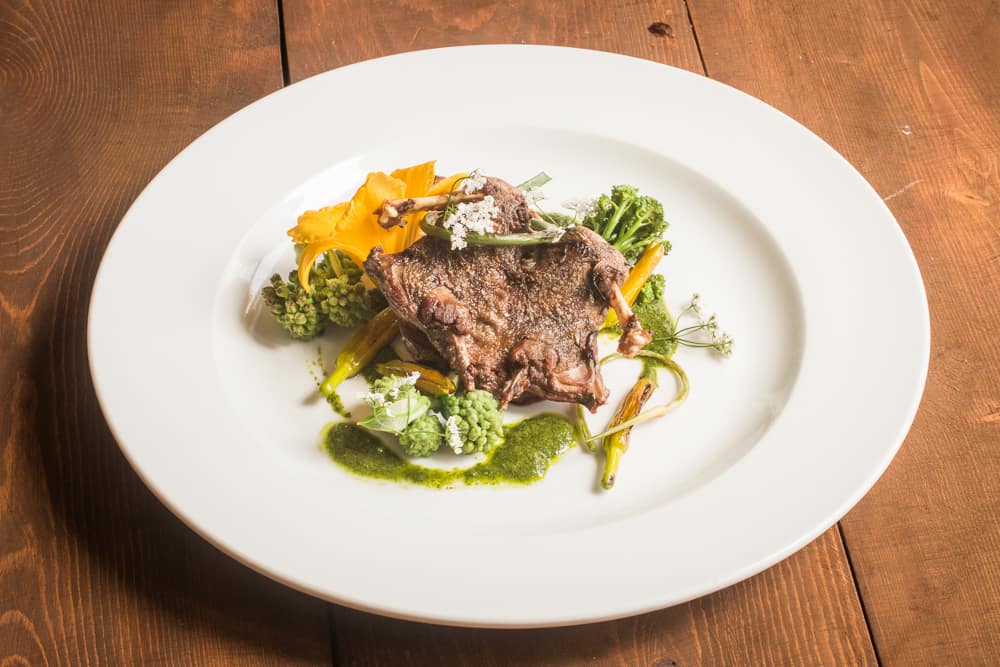
Seeds
If you have the option, go back in the fall and gather seeds. They have an excellent flavor somewhere in between parsley and celery. They can be a pain to winnow if they're green, but once it gets colder outside they'll be easy to remove and won't require much winnowing at all. The seeds are good, especially dried to concentrate their flavor and mixed with ferments like sauerkraut, or in another wild seed and vegetable ferment.
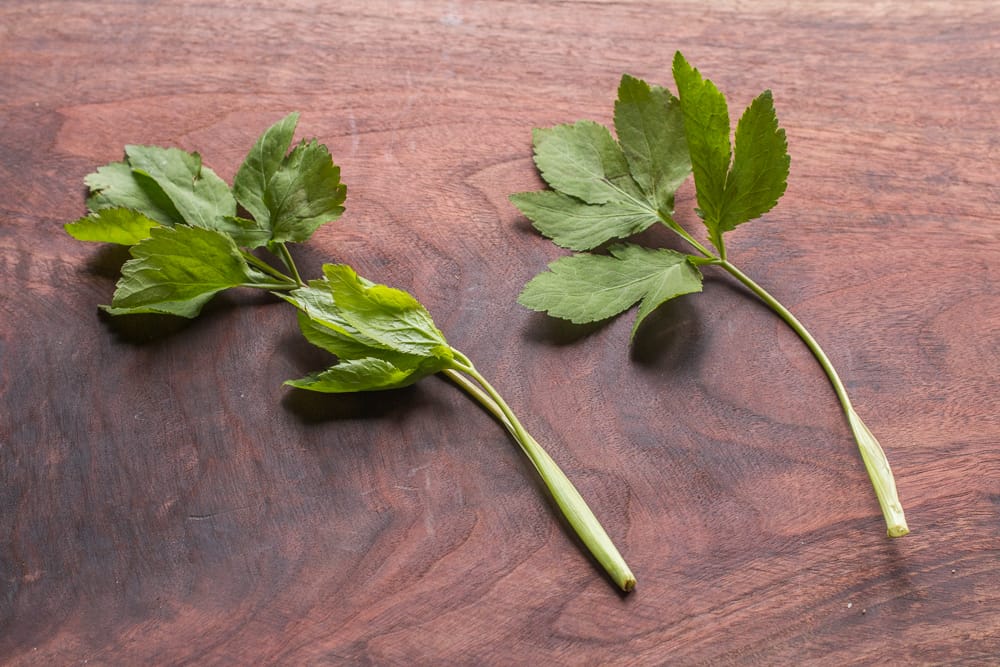
Harvesting
Cut the whole long stems and leaves pictured above. Immediately when you get home, put the plants in a sink full of cold water to imbibe them. After about 15 minutes they'll come back to life, then you can spin them dry and store in a sealed plastic bag with a paper towel.
Don't store unwrapped, or in a paper bag, as the mitsuba will quickly wilt. Kept with a towel in a plastic bag, fresh mitsuba can last for over a week, depending on how well you take care of it. When your mitsuba is looking fresh after being revived in cold water, dip a whole stalk and it's leaves in good tasting oil, sprinkle on a pinch of salt, and eat, stalk and all. It's a great intro to using this plant, and it's mild, delicious parsley flavor.
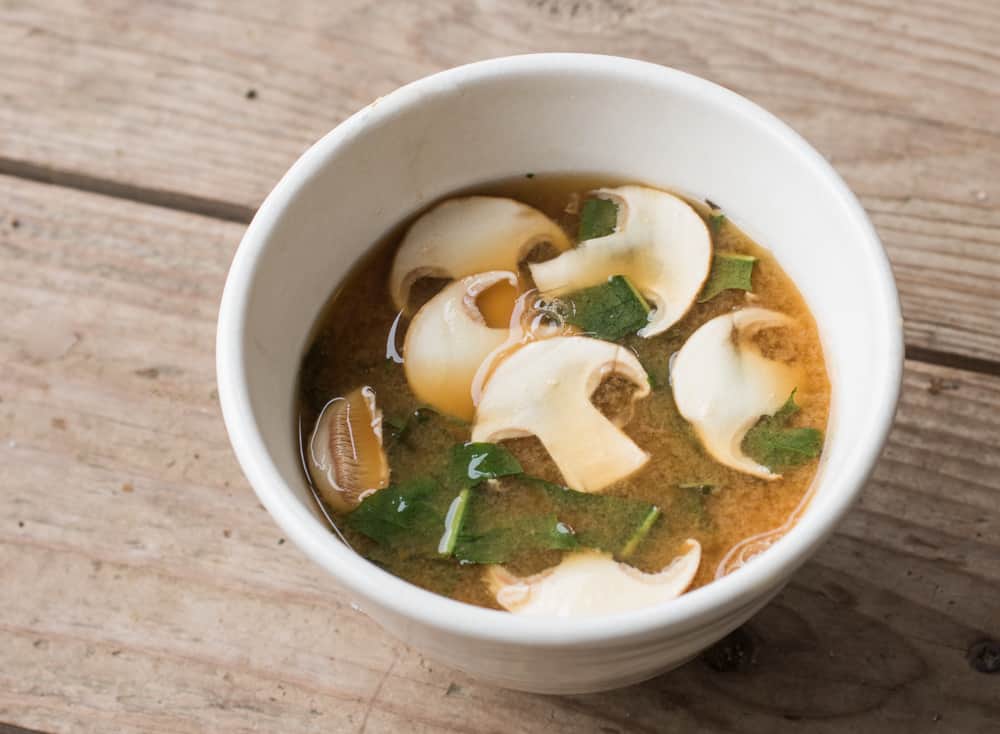
Traditional Cooking
Just like it's Japanese cousin, our local wild parsley is a fresh herb, and can be used anywhere parsley is used. Generally I don't cook it-I use it raw. As it's basically unknown in western cooking traditions, it's good to look at Japanese cuisine for analagous ways to use it and different ideas. Here's a few examples of where I've seen it used.
- Miso soup
- Chawanmushi
- Oyakodon
- Any kind of rice bowl
- With Sushi

CentralCoastGal
I just purchased some at a local nursery thinking it was Italian parsley. I planted it the other day in full sun. I’m guessing I better move it into a shady area. I plan on trying your matsutake miso soup recipe linked above and using the mitsuba. Thank you for this write up!
Alan Bergo
Hey thanks! It’s a great plant. I just planted it in my rain garden in my blvd.
Olena
I had it all along growing under my maple tree! I thought I was growing sochan, but it tasted differently ;).
Alan Bergo
Once you know it you'll see it everywhere.